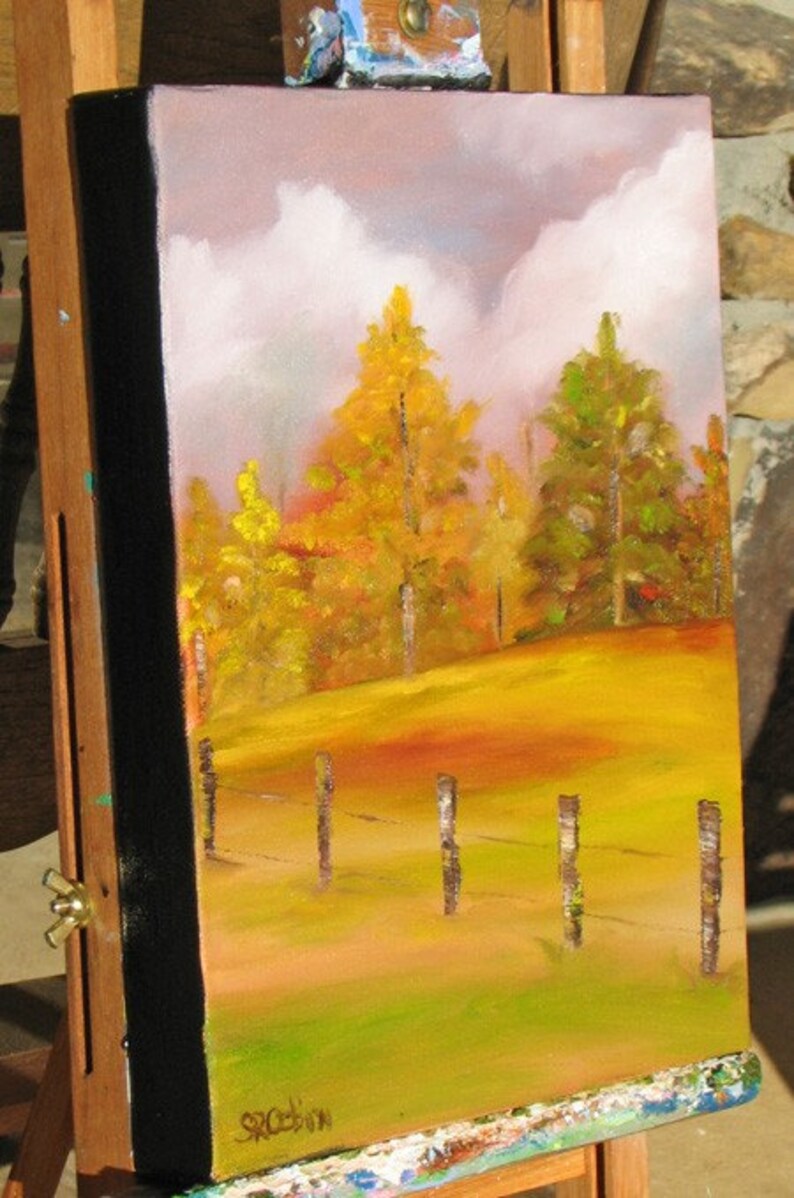

This issue has recently risen to prominence with the initiation of a multi-million-dollar effort to preserve the ruins of the Auschwitz concentration-camp complex.
#RAILROAD BRUSH LETS CREATE POTTERY HOW TO#
While the question of whether or not to display the hair of Holocaust victims has been settled at the Holocaust Museum, conservators and administrators at the Auschwitz Museum, in Oświęcim, Poland, are grappling with a more practical problem: how to preserve those four thousand pounds of human hair on display in their museum.
#RAILROAD BRUSH LETS CREATE POTTERY INSTALL#
Eventually, the museum decided to install a wall-length photographic mural of the nearly two tons of human hair on exhibit at the Auschwitz Museum. ‘I don’t want my mother’s hair on display.’ ” Weinberg, who initially had had no objection to exhibiting the hair, was moved by the appeal, as was the rest of the committee. “‘For all I know, my mother’s hair might be in there,’ one of them said. “The women survivors, in particular, objected to the presence of the hair in the exhibition,” Weinberg says. The hair was one piece of clear evidence.” Other members vehemently opposed the idea of such a display.

“It was not even so much for the present generation as it was for future generations. “The basic argument was that we were trying to make a convincing case against any possible Holocaust deniers,” Jeshajahu Weinberg, the director of the museum and the chairman of the Content Committee, explains. Many committee members felt strongly that the hair, which had been discovered in large bales when the Red Army liberated the concentration camp, in January of 1945, should be displayed in the museum. Hair is so simple-but it is so fundamental.” How you wear your hair tells a lot about you as a person. “It is not only part of the human body it is also a part of the human personality-part of one’s identity. “Hair is a highly personal matter,” Nowakowski says. According to Nowakowski, these discussions were among the most sensitive deliberations of the entire project, which had been under way for more than ten years.

The Content Committee, which consisted of twenty scholars, Holocaust survivors, religious leaders, and museum officials, and which was responsible for deciding on the substance of the museum’s exhibitions, devoted two emotional and highly charged meetings to the issue of displaying the hair, which was a jumble of braids, curls, and long strands shorn from women’s heads. “When we first received the hair, we regarded it as just another artifact for the museum,” Jacek Nowakowski, who was in charge of acquiring objects for the exhibition, says, “but then, when the Content Committee met to discuss the best way to display it, it became clear that the members viewed human hair differently from the other objects.” One box contained approximately twenty pounds of human hair. In addition to planks from an Auschwitz barracks, rubble from a crematorium, a pole from an electrified barbed-wire fence, and twenty empty cans of Zyklon B-the cyanide gas used in the extermination process-the shipment contained a large number of personal items, among them hairbrushes, mirrors, razors, toothbrushes, eating utensils, scissors, hat brushes, clothes hangers, shoe daubers, clogs, and suitcases. In November of 1989, the United States Holocaust Memorial Museum, in Washington, D.C., received from the State Museum of Auschwitz-Birkenau a shipment of artifacts for inclusion in the new museum’s exhibitions tracing the history of the Holocaust.


 0 kommentar(er)
0 kommentar(er)
